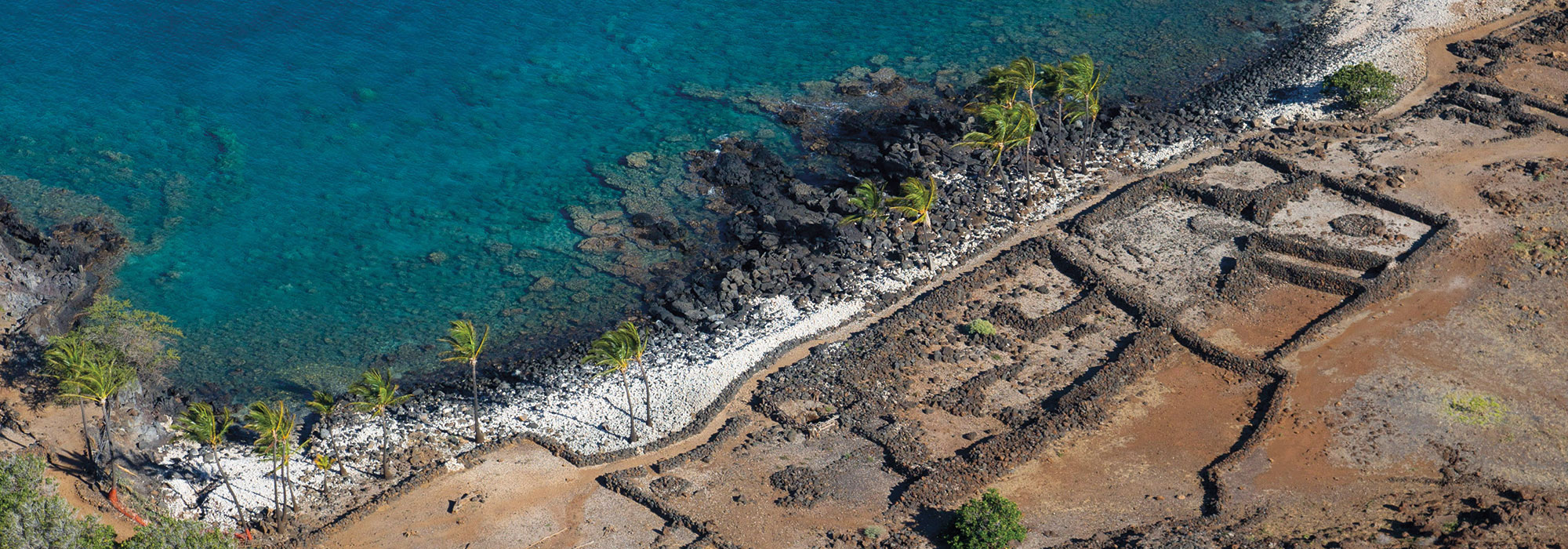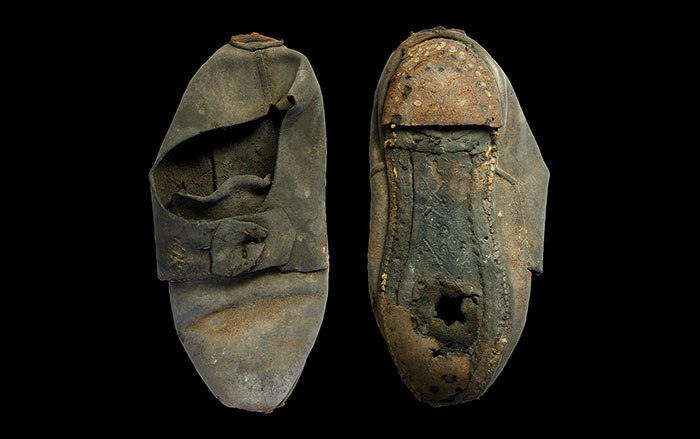
At least 17 petroglyphs, created more than 400 years ago by the aboriginal inhabitants of the Waianae Coast of the Hawaiian island of Oahu, were only briefly revealed in July 2016. The petroglyphs had been carved into a flat slab of stone on the shore, and are usually covered by sand. A shift in the sand exposed them for a few days, but archaeologists from the State Historic Preservation Division and the U.S. Army are thinking about how to protect them the next time they appear.










